how i built an organ in our spare bedroom
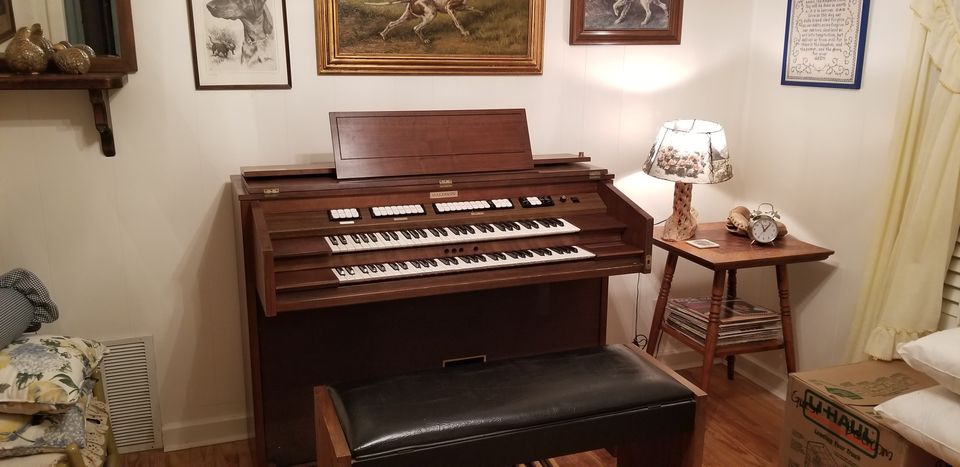
I'm finally getting to this post! It's building off a post I made many, many months ago:
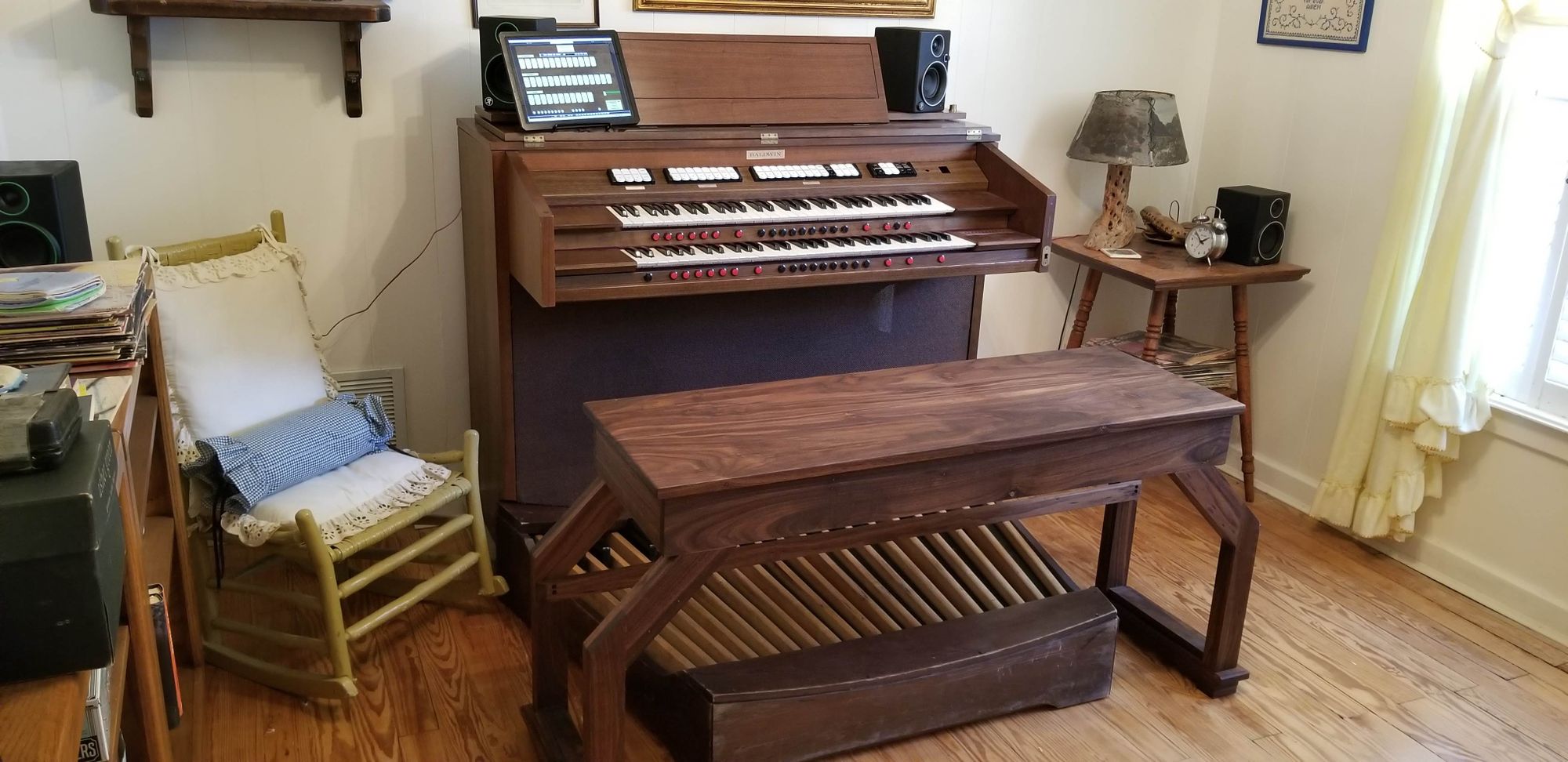
If you haven't listened to the first recording I made on my personal organ, go ahead and click below (edit: I fixed the link so that it leads to the actual recording):
Doesn't it sound great? Listen to the great acoustic interactions of the string sounds and the reverb of the trumpets! Would you believe that my organ doesn't have any real pipes? That's right. It's digital.
how it works
I promise this isn't a paid advertisement (though if someone reading this wants to support me, my projects, and this blog they can click here to find out how).
The company called Milan Digital Audio makes a computer program called Hauptwerk (pronounced "HOWPD-verk." It's the German word for "magnum opus" or "main work." It's also the German name for the main chamber in a pipe organ. In English, we call the main chamber the "great," so by calling their product "Hauptwerk," they're also calling it "great." This is genius marketing).
Since the word "digital" is thrown around so much, I want to make some clarifications:
- Pipe organs produce sound by blowing air through pipes. This is the "ideal" organ. Unfortunately, pipe organs are very expensive both to manufacture and to maintain. We'd like to produce the same sounds, but at a fraction of the cost.
- If you've ever heard a "digital" or "electric" organ, you've probably heard an organ that generates sounds through analog electrical oscillations. This is not "digital" technology, but that's what advertisers chose to call them, so it stuck. If you've heard one of these organs, you were probably also disappointed that it didn't sound much like a pipe organ. The technology has improved drastically over the past few decades, but it has essentially been surpassed.
- These days, recording technology is very, very good. Speakers are also very, very good. Relative to a pipe organ, they are also inexpensive. "Virtual pipe organs" play recordings of pipe organs through speakers. This is the technology my organ uses. It's also the technology that the digital organ industry has moved to.
virtual pipe organs
My organ is a virtual pipe organ. You can still call it a digital organ if you want, because it runs off a computer and computers are digital. It's more accurate to call my organ digital than most "digital" organs on the market, but it doesn't really matter and lots of people are very sensitive about it.
Until recently, computers were very slow. Now, thanks to improvements in computer programming and improvements in computer hardware, they are not slow.
A virtual pipe organ is really just a collection of recordings of every individual pipe on a pipe organ. Hauptwerk, the virtual-pipe-organ software, knows how to read the notes I play on the keyboard, choose the right pipe recordings, then play those recordings on my speakers. It does this almost 100 times per second.
If you need more of an explanation, there are dozens of awkward, middle-aged men on YouTube who are very happy to show you their organs. Just search for "Hauptwerk organ."
Here's one of my former teachers and his wife comparing organs. One is a Hauptwerk virtual pipe organ, the other is the real pipe organ at South Main Baptist church in Houston:
Hard to tell the difference in quality with just recordings, right? Virtual pipe organs lend themselves very well to making high quality recordings.
how i did it
A friend of mine had an old digital organ to get rid of. Without telling my family, I drove across Texas to go pick it up and brought it home. Here're some pictures of me taking out all the old, analog-electronic guts:
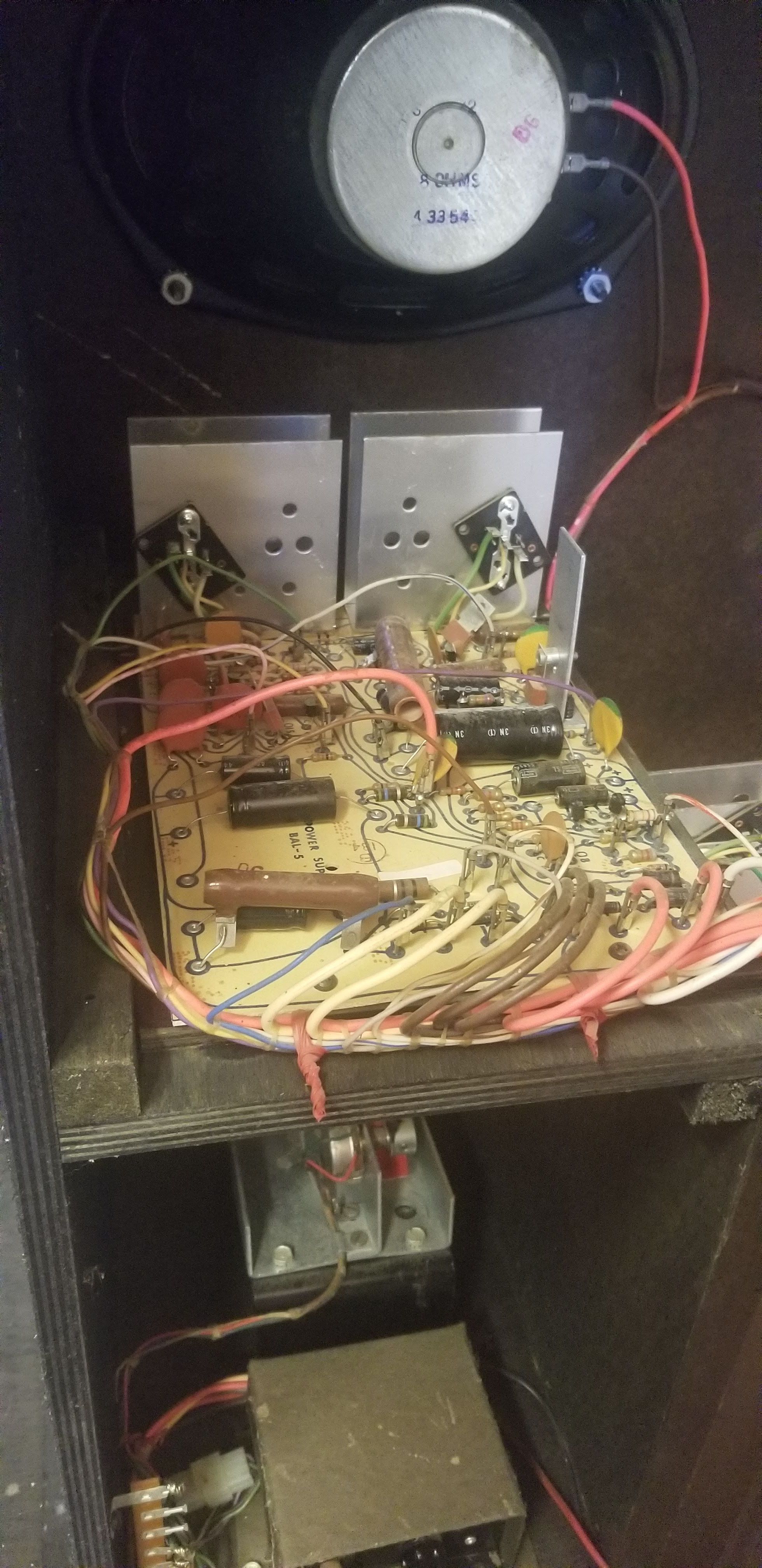
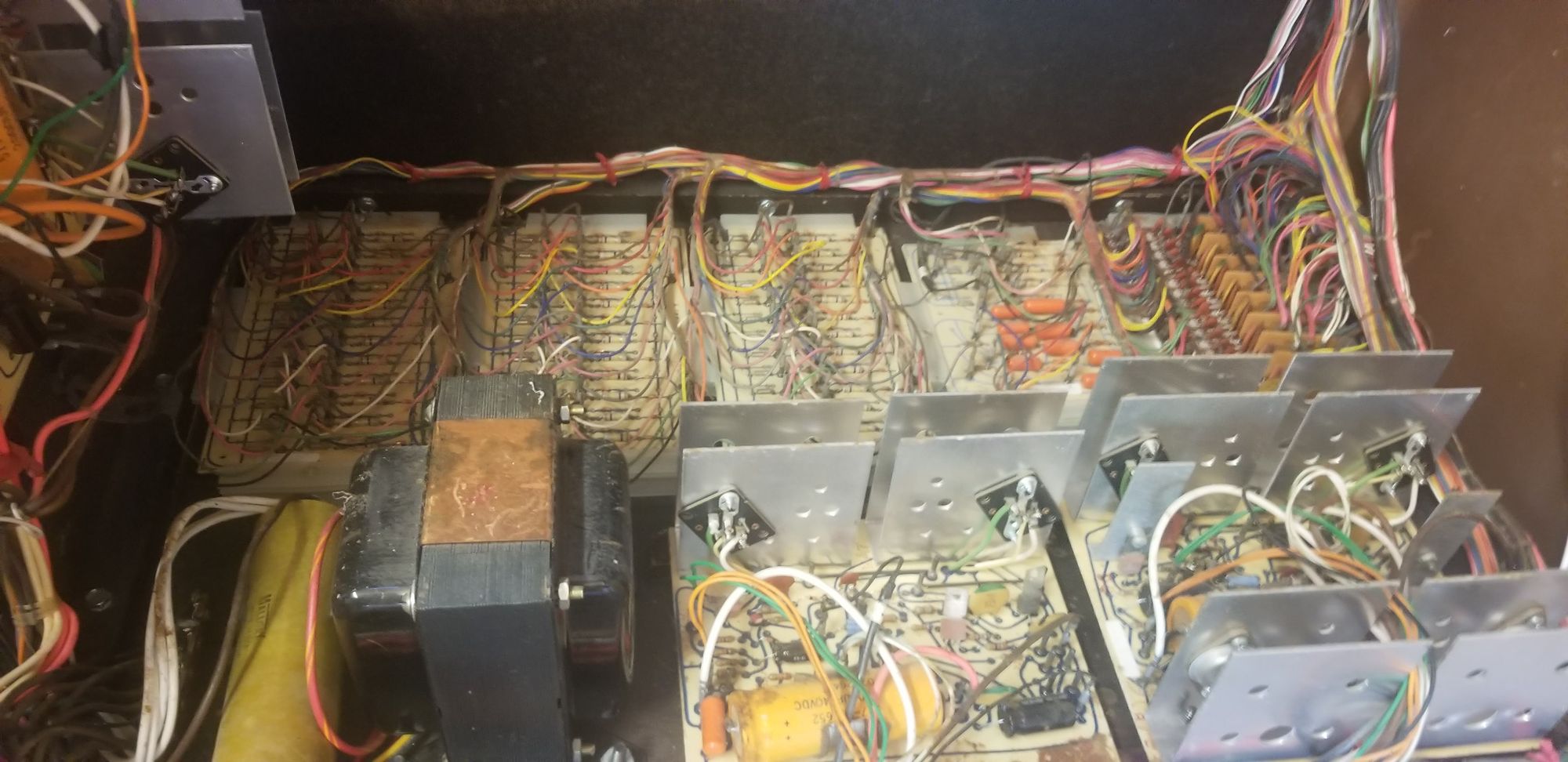
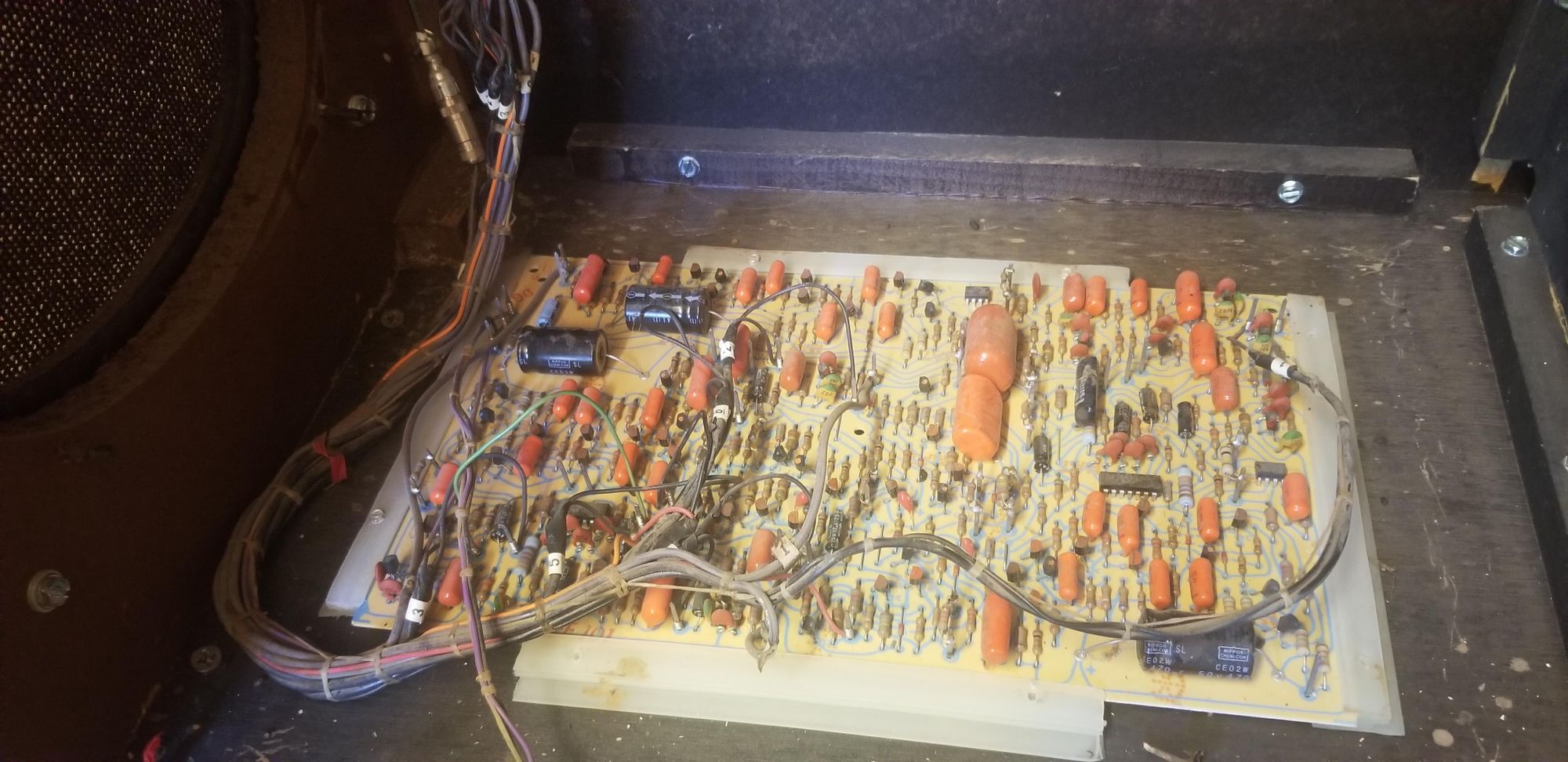
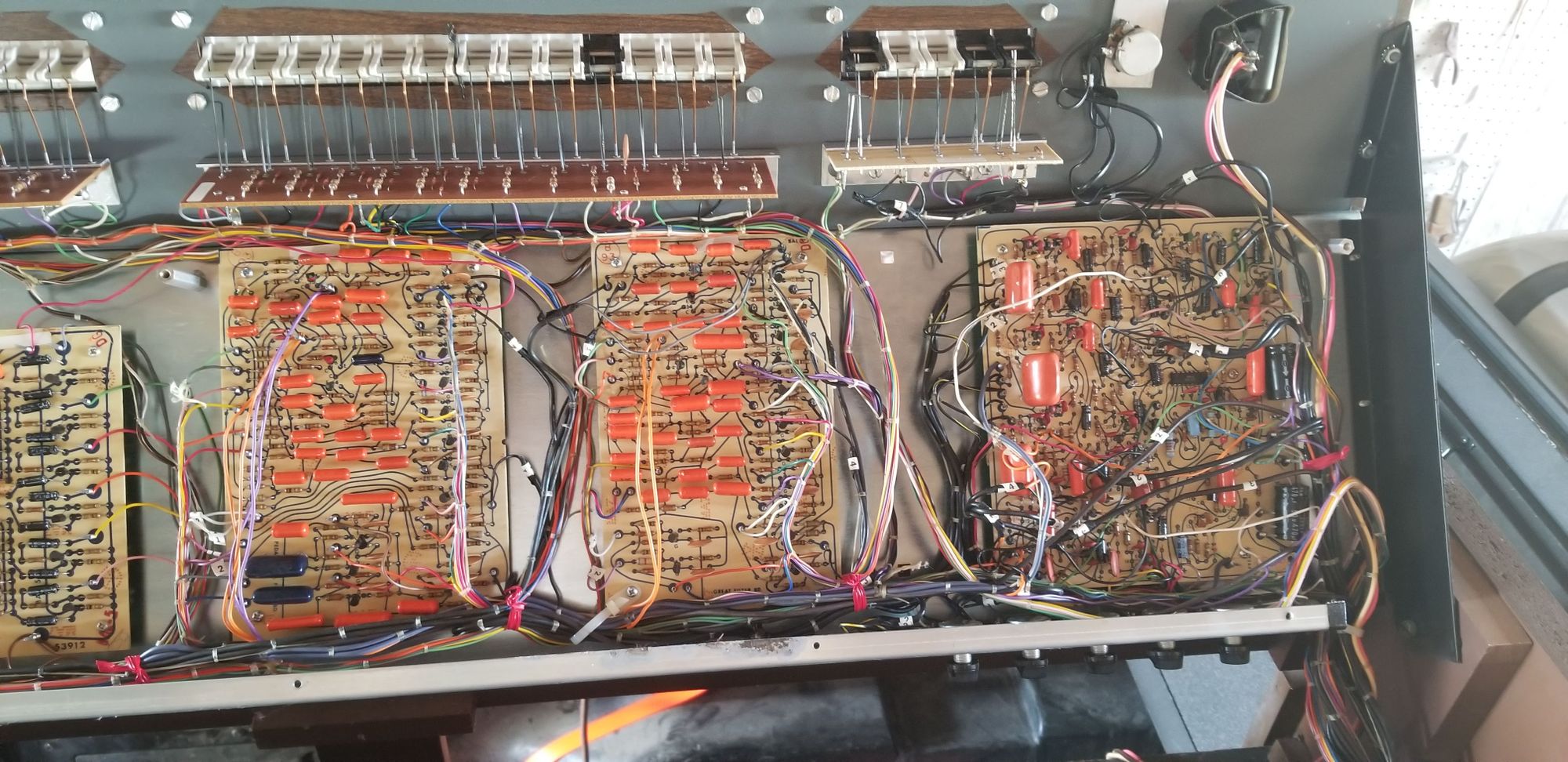
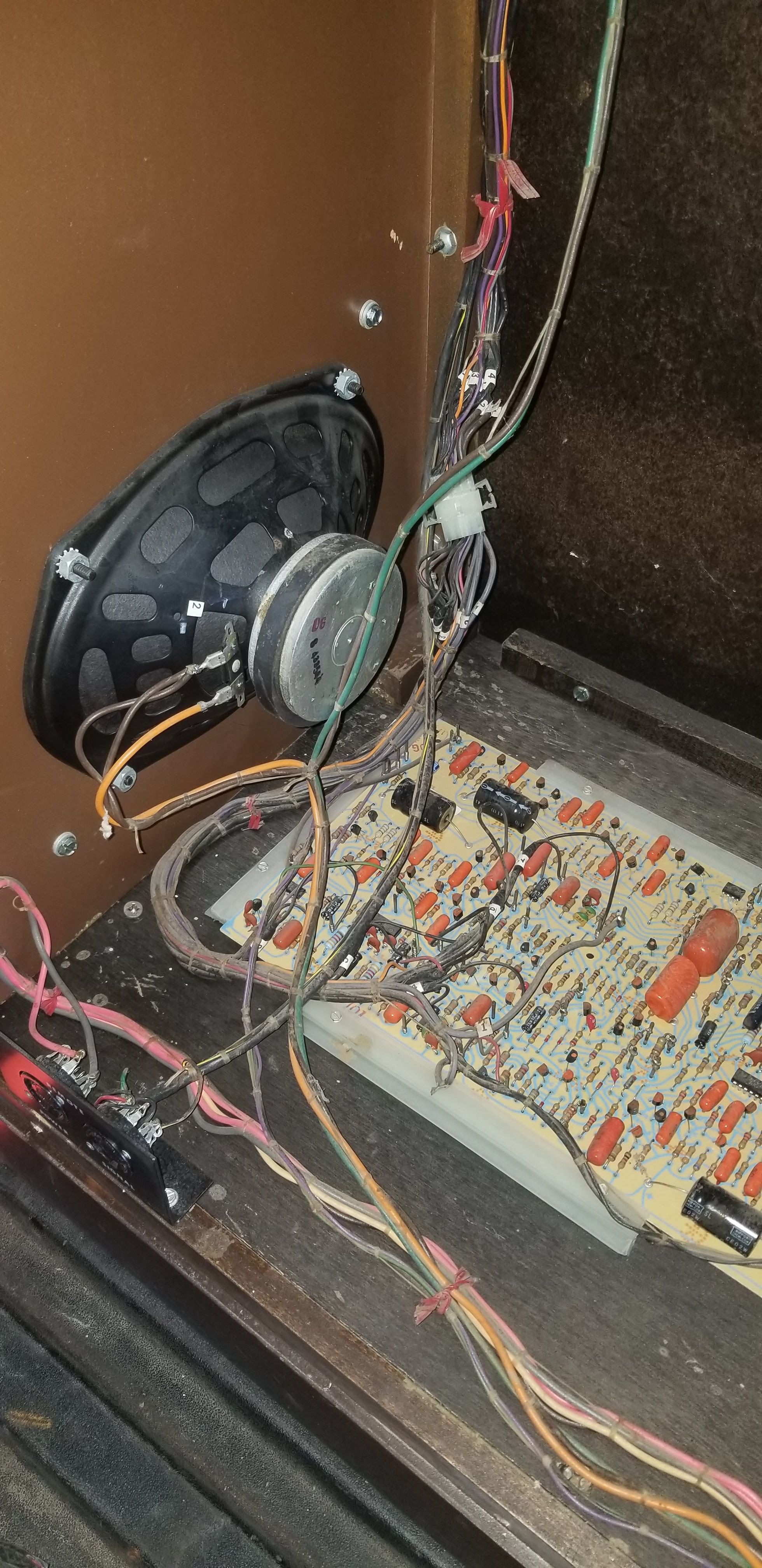
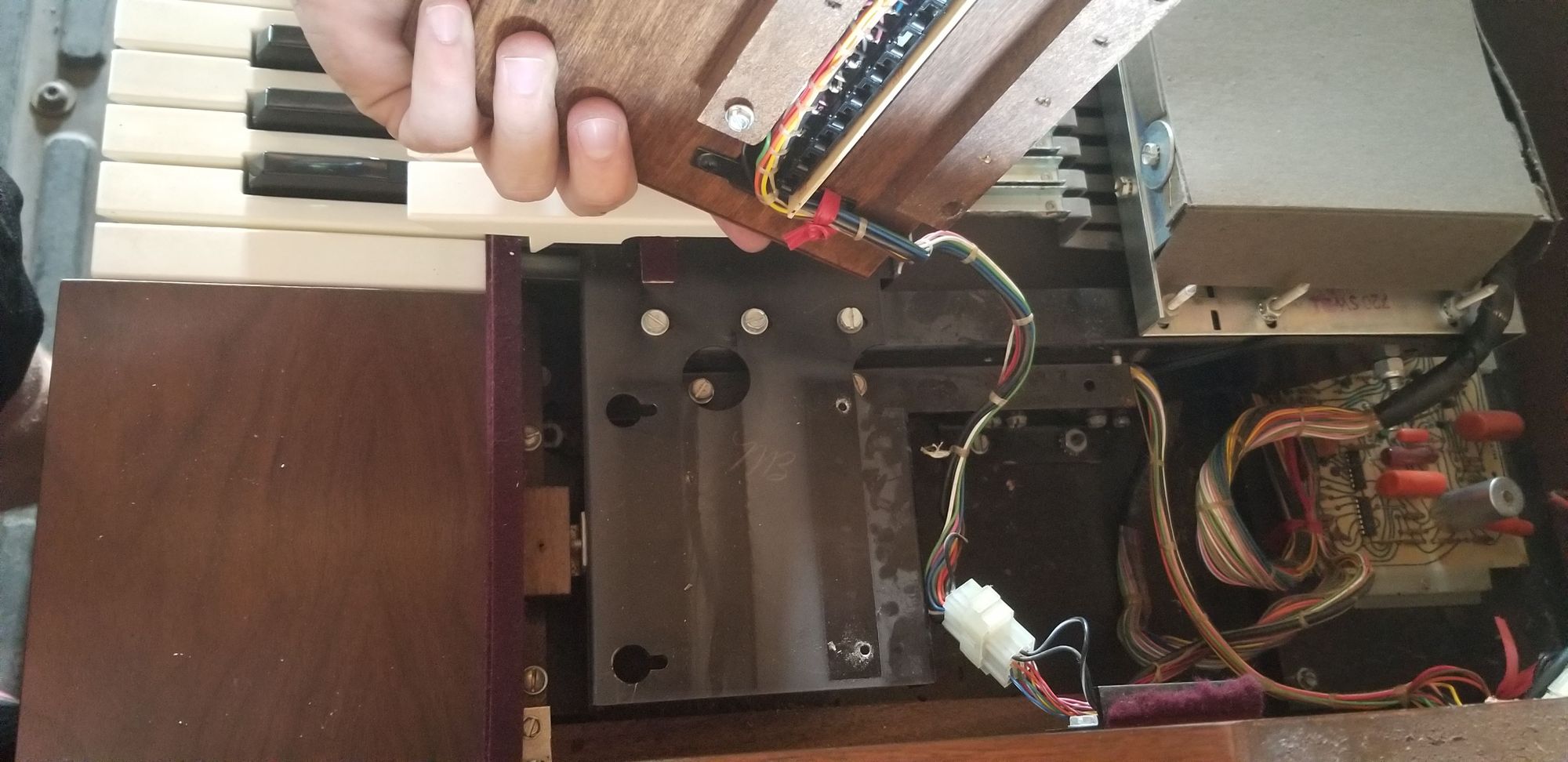
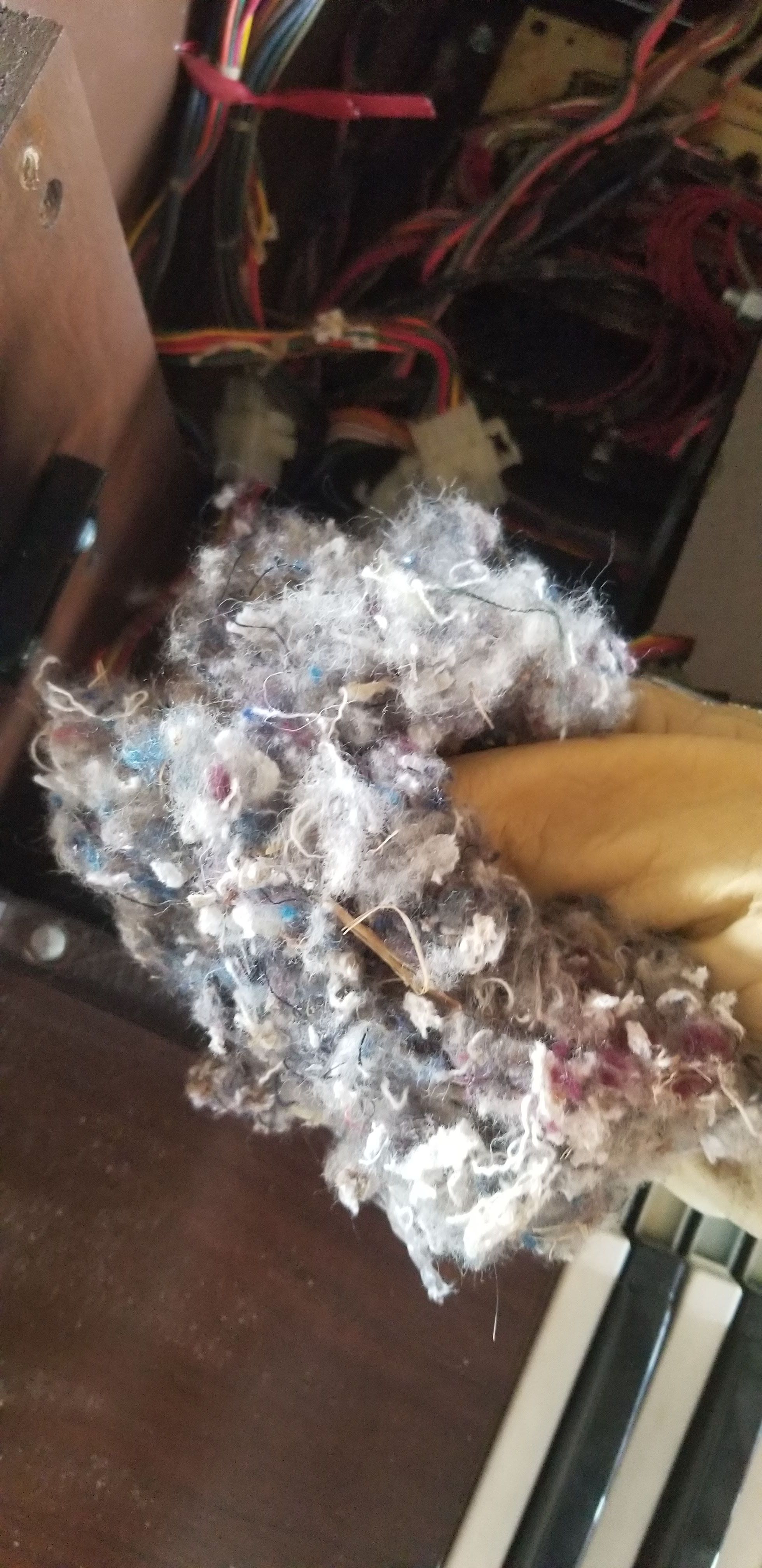
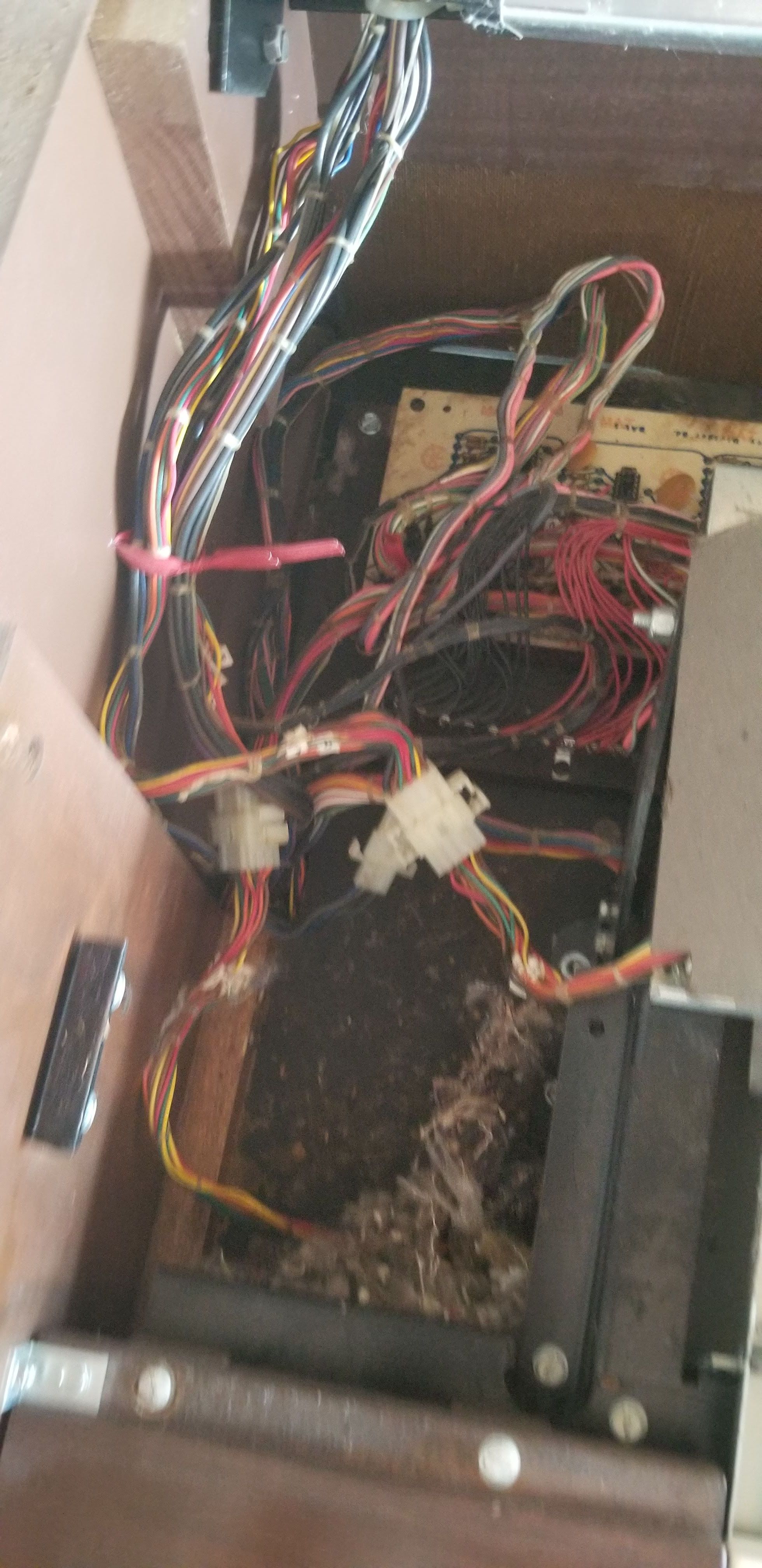
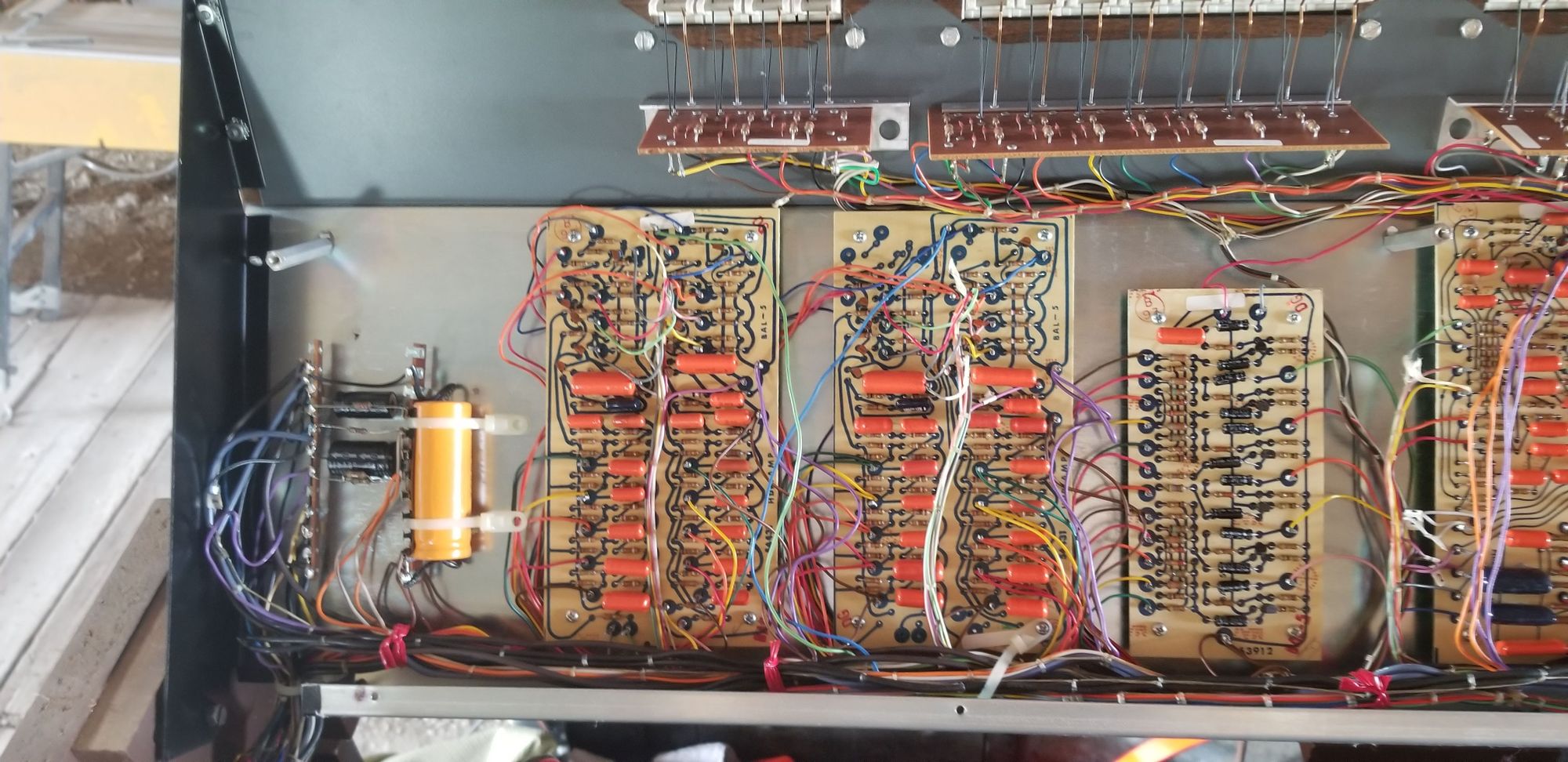
After taking out all the existing electronics, I rewired the whole thing to talk to the computer instead of going through all that mess.
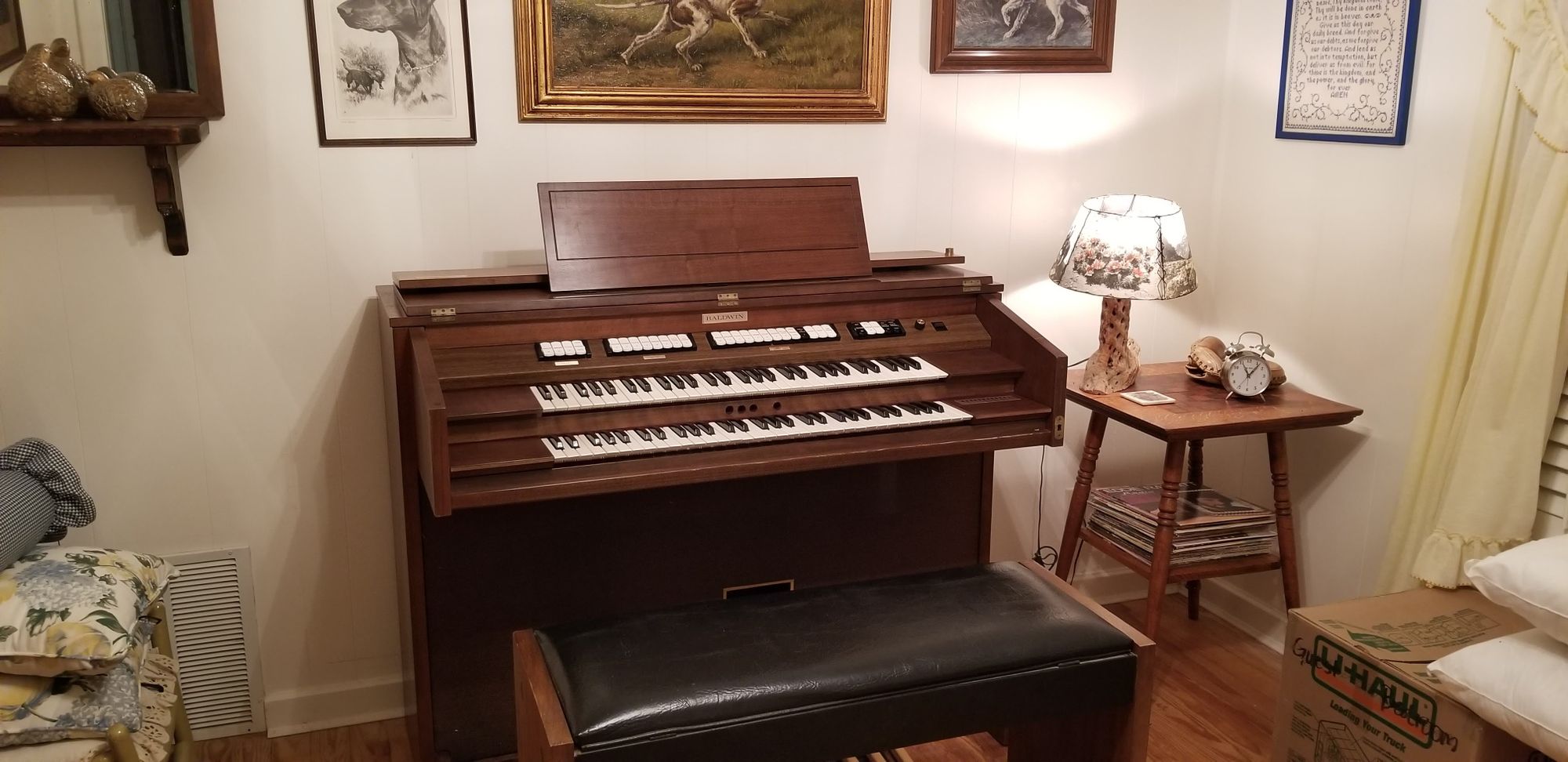
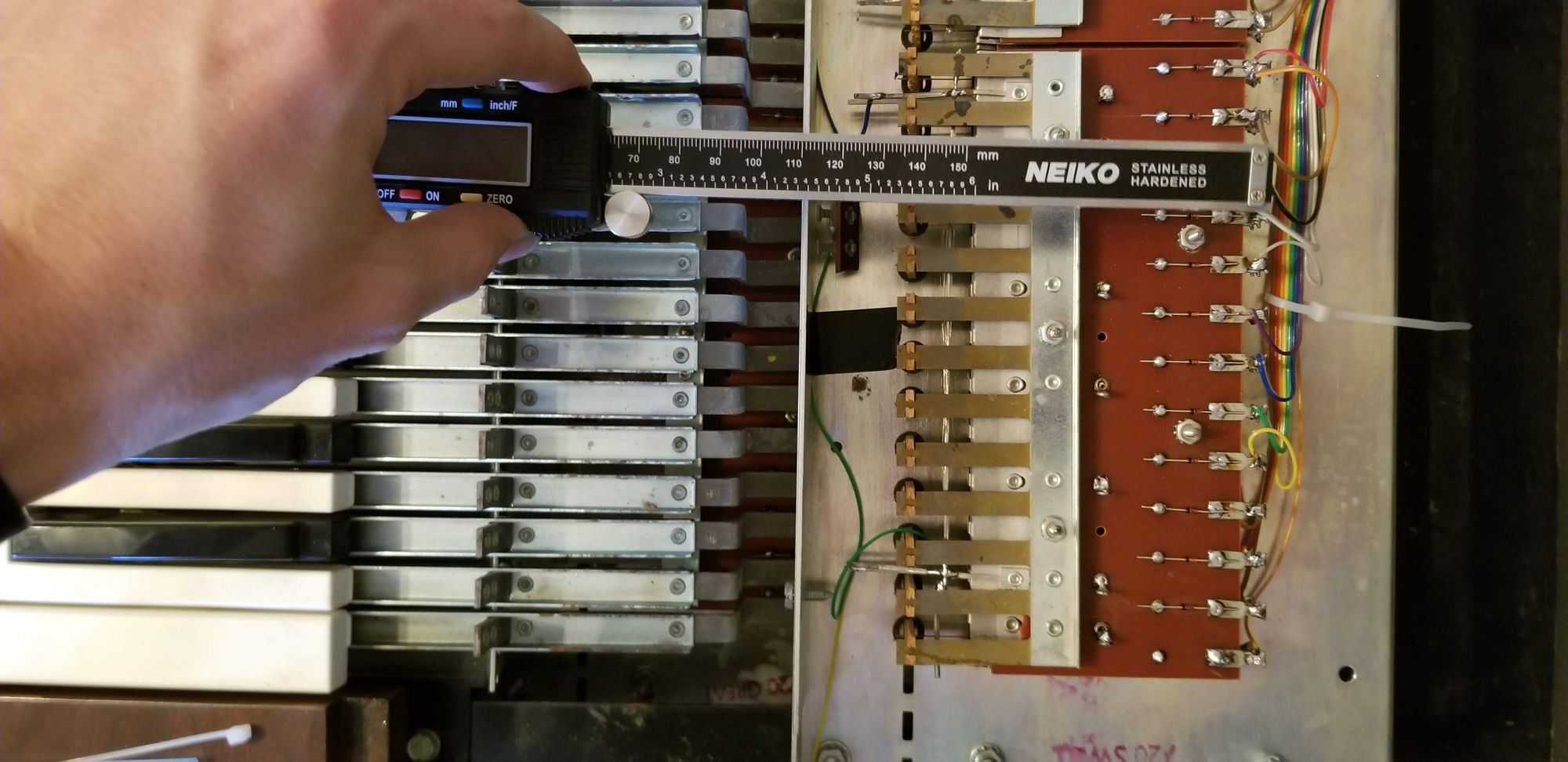
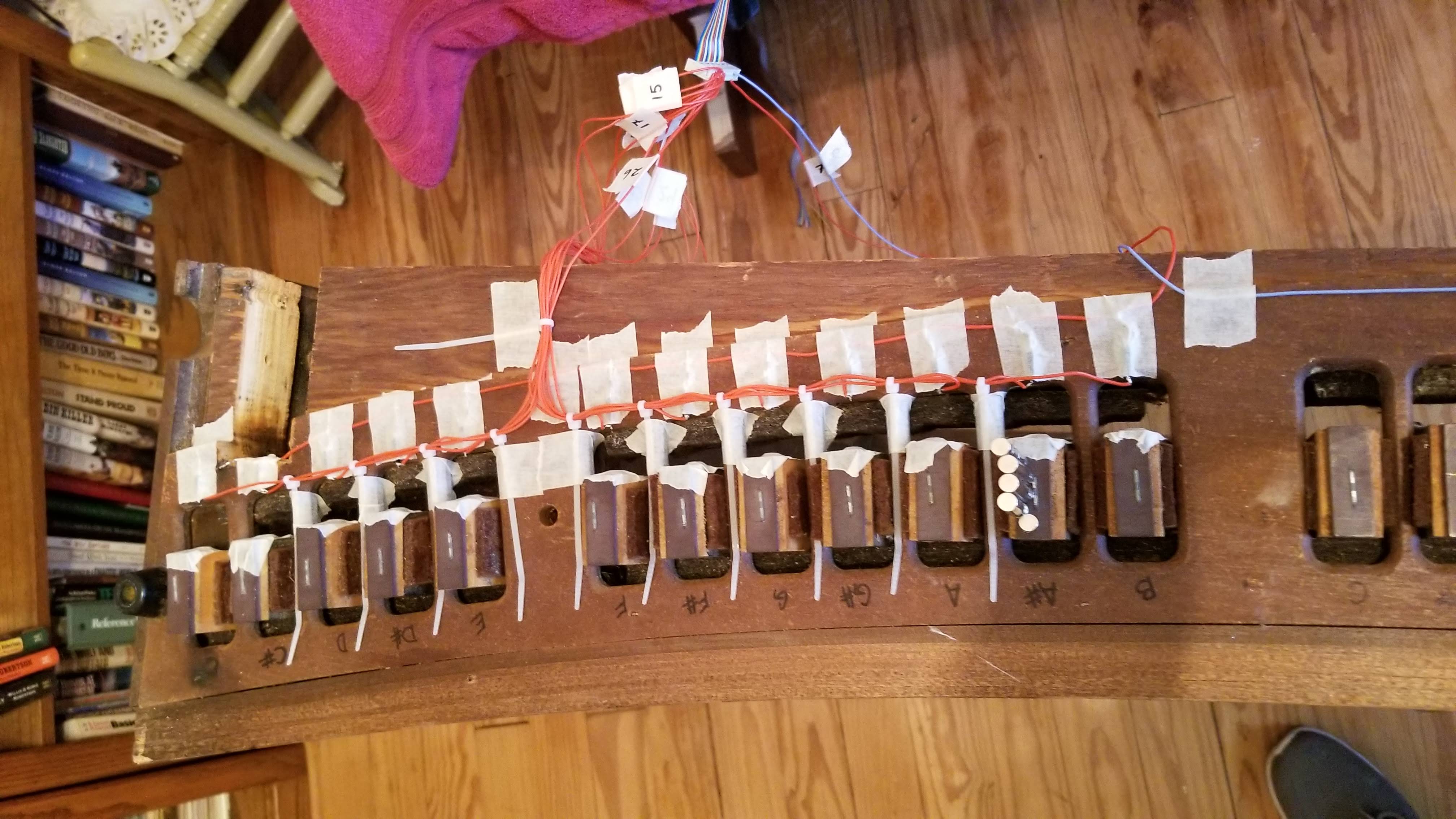
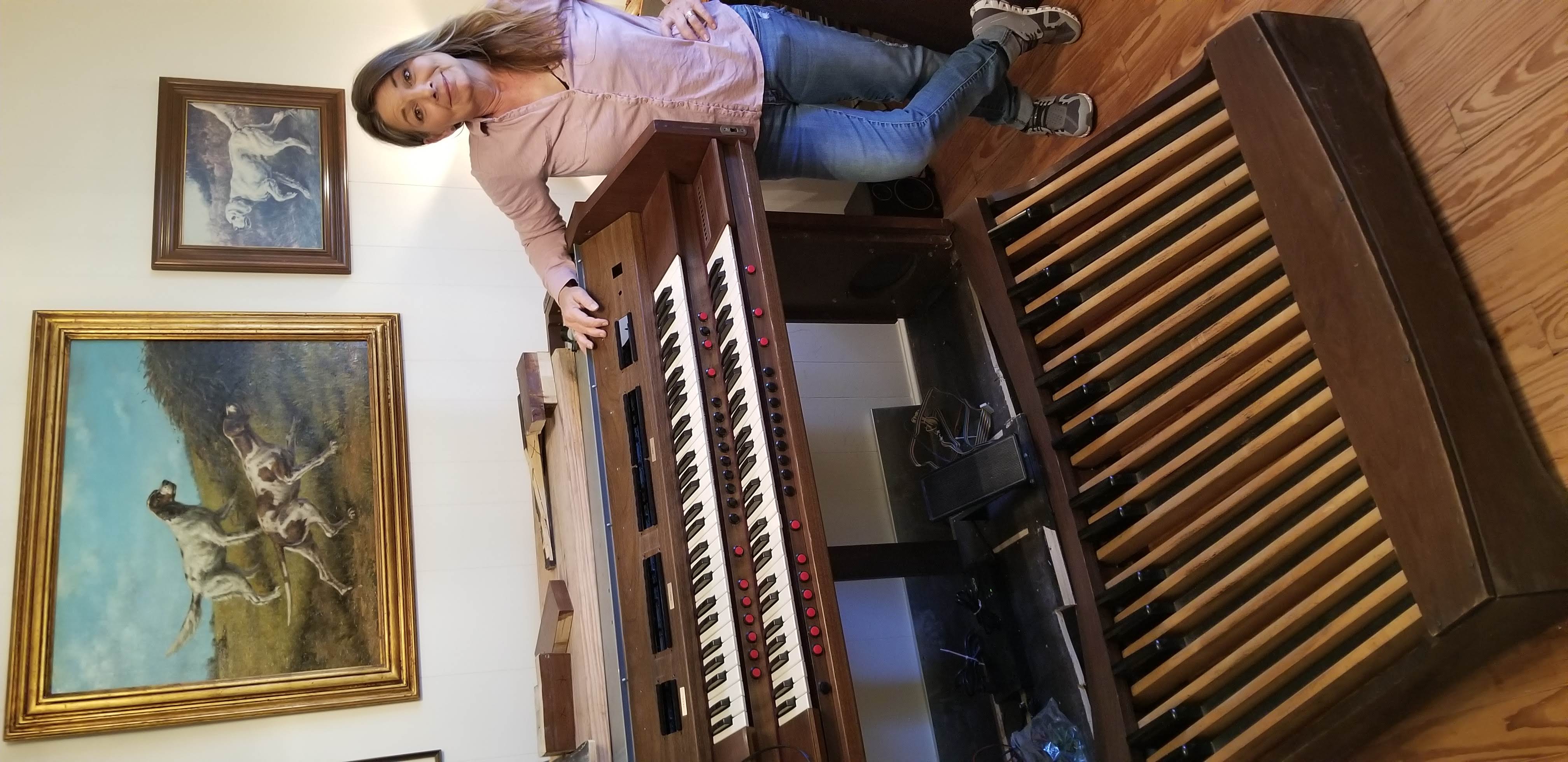
Yes, I used masking tape to hold on some of the electronics. You also see that I had a spectacular helper when I used a jigsaw to cut out huge chunks of the organ cabinet.
Finally, do you see that bench up there? I built that bench out of screws and a pallet. It was very wobbly. It finally collapsed underneath me while I was aggressively playing the pedals.
I'm very glad that bench collapsed. To replace it, my spectacular cousin-in-law (who's a master carpenter) built me the best organ bench I've ever seen or heard about. Here's him and my dad moving it in:


All in all, it was a fun project. I hauled the whole thing 1,200 miles with me to Minneapolis and I play it every morning before I head to school.
But wait... there's more. Here are some teasers:
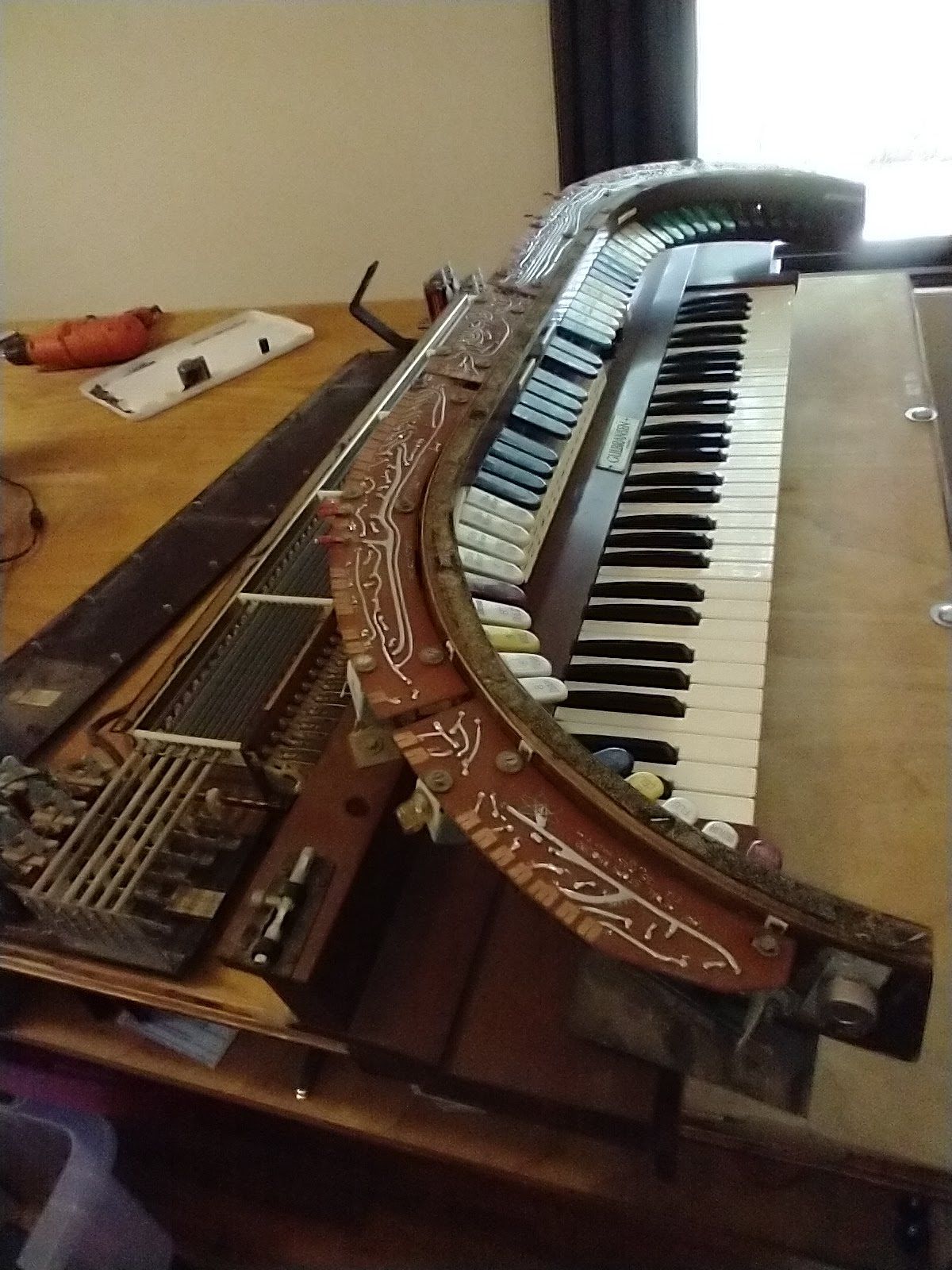
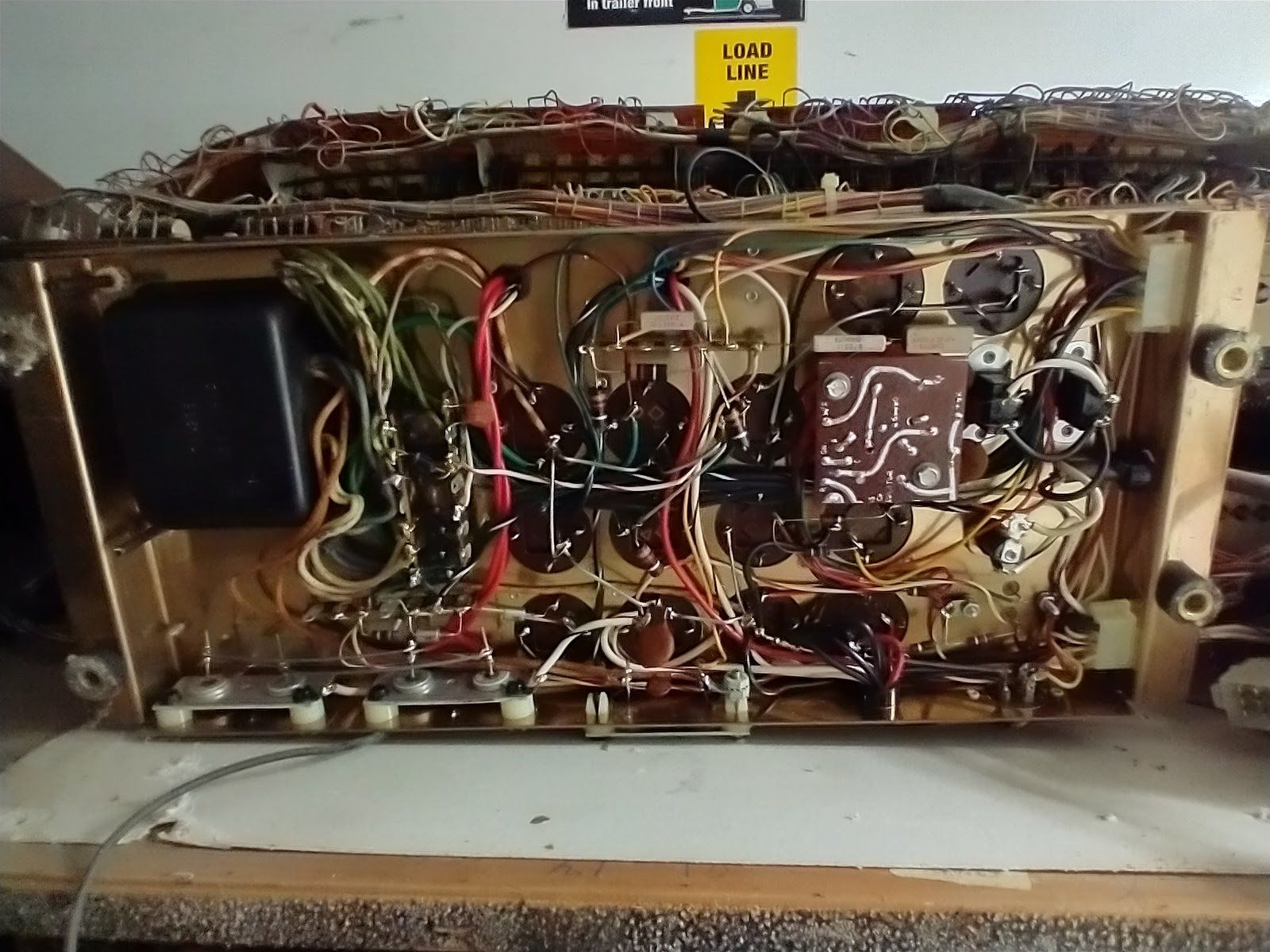
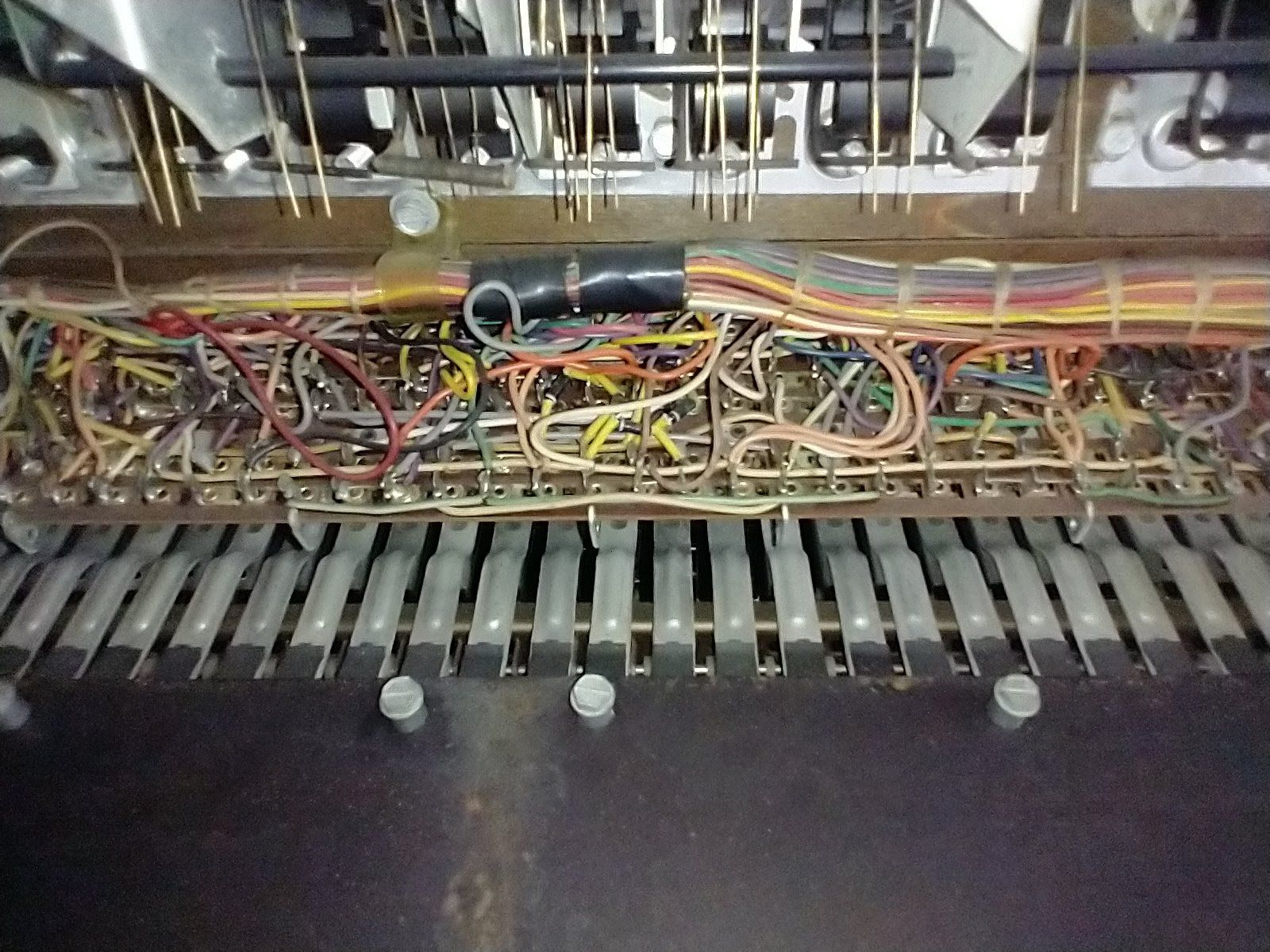
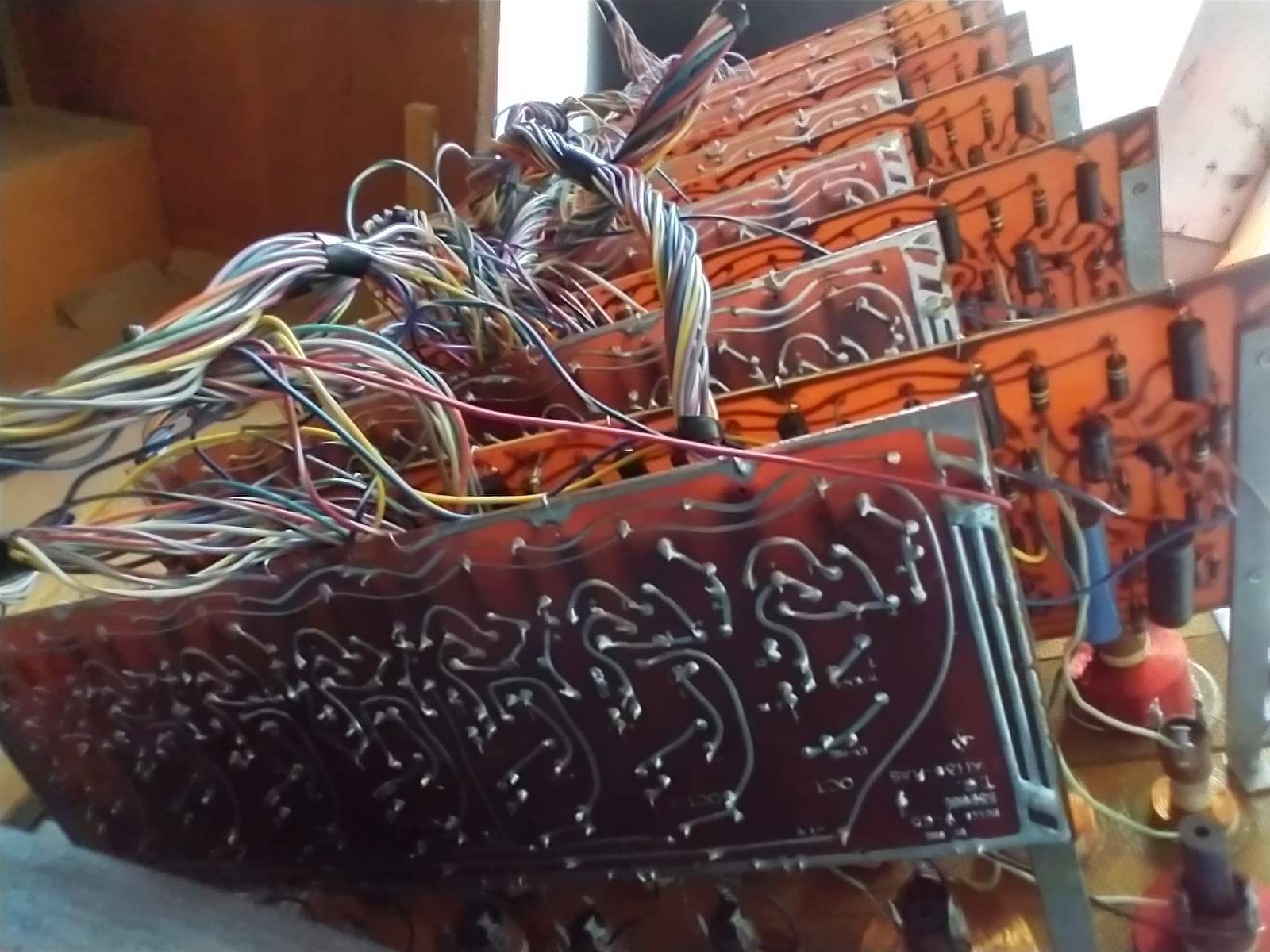
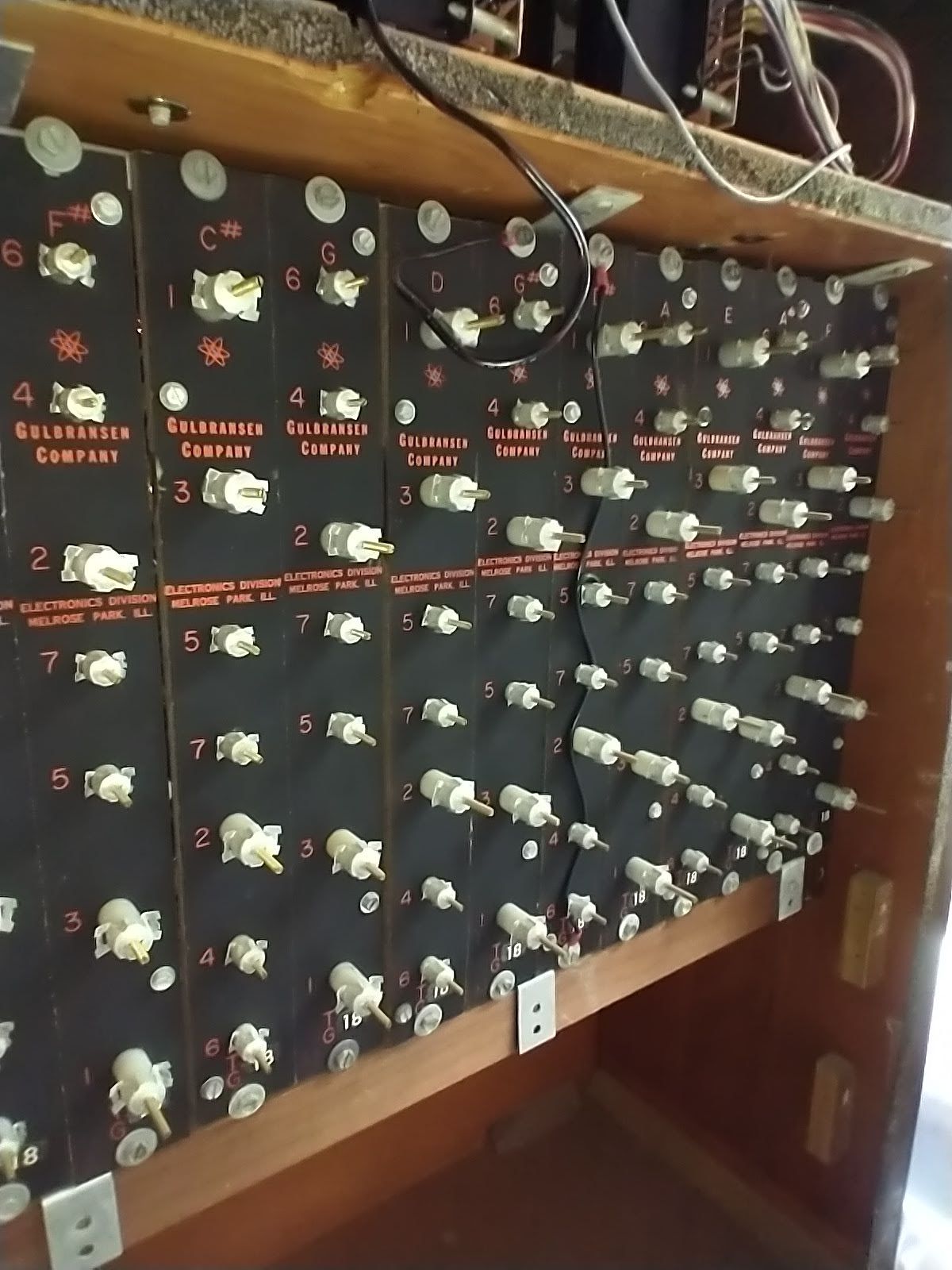
You'll just have to wait and see what becomes of this!
subscribe to get email updates and support my work
Click the link below or the subscribe button at the bottom of the page to support my work and get an email every time I make a new post!


